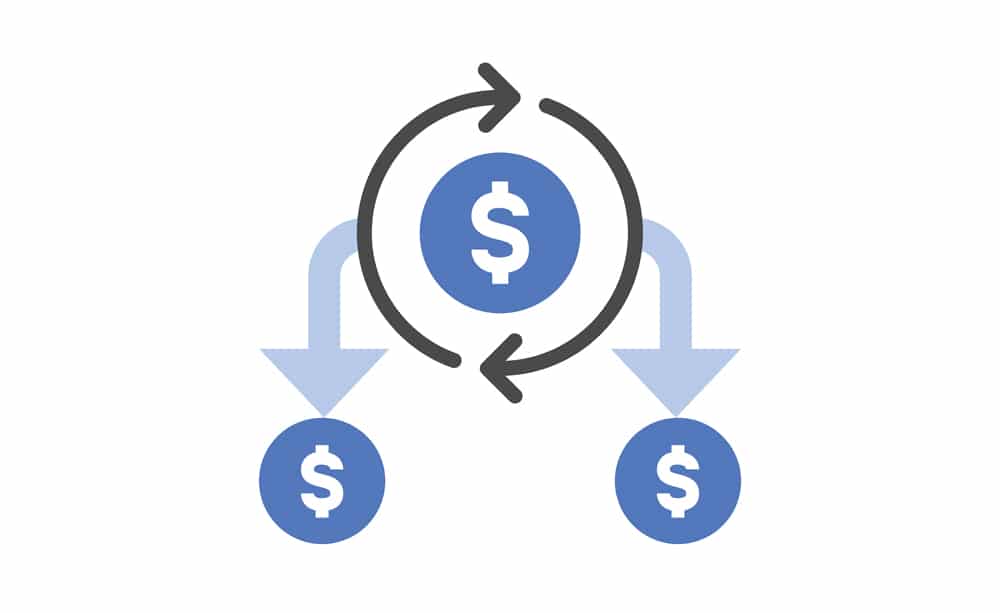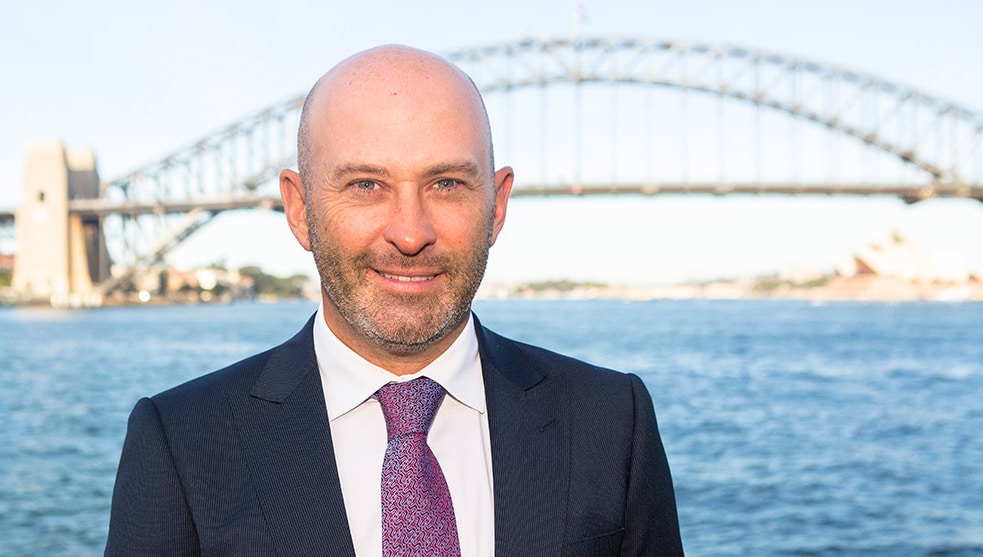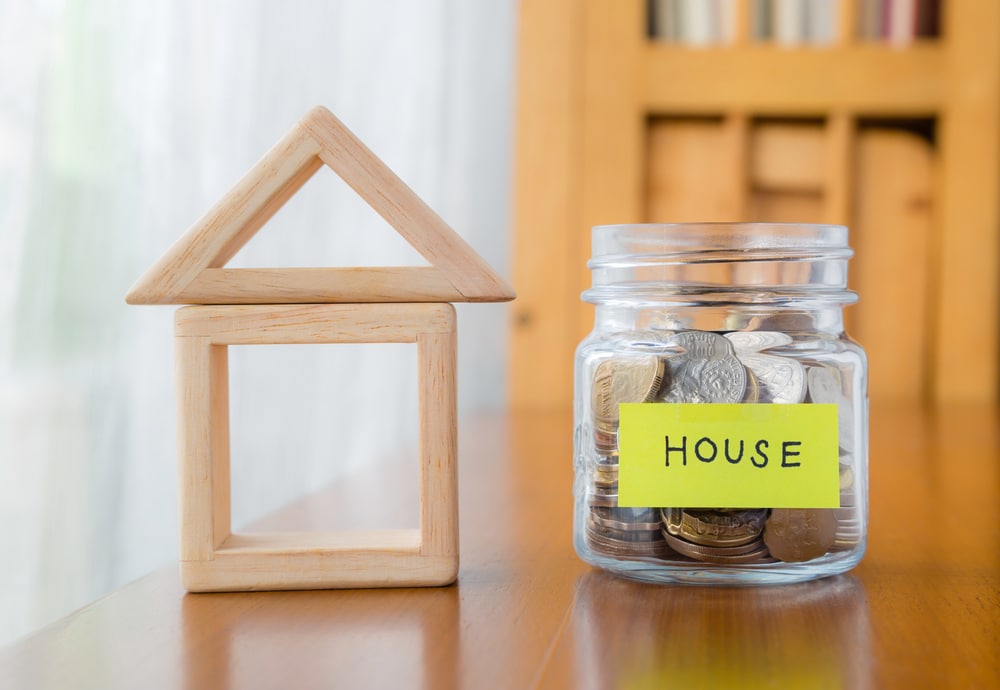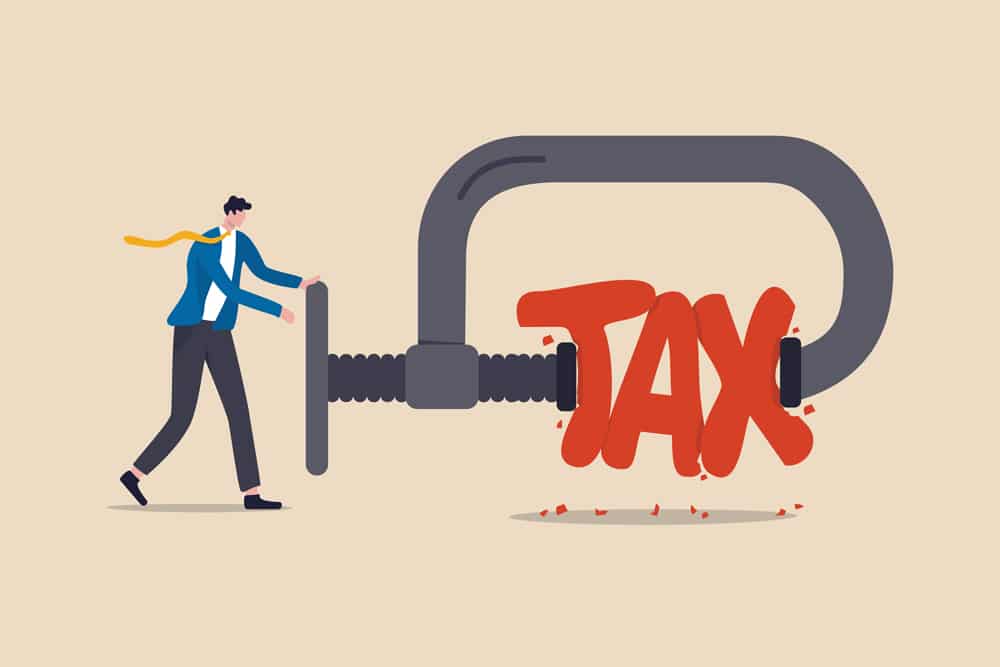
Positive Cash Flow Property – Ultimate Guide 2023
If you want to become a superstar property investor and be on the path to financial freedom, then you’re going to need this guide to invest in a positive cash flow property!
Investors that follow a positive cash flow strategy understand that living off passive income is the key to an early retirement – and the only way to do that is to make our money work for us, not against us.
Thankfully, putting together a robust plan isn’t rocket science – anyone can do it! You just need to know the fundamentals of investing in income-producing properties, and that starts with knowing your current cash flow.
GET TO KNOW YOUR CASH FLOW
There are three parts to your cash flow as an investor: your wage, your tenant and tax (more on this part later).
Basically, if your tenant can pay the rent which covers your mortgage, you’re already in a solid cash flow position. The longer you own real estate, the more likely this is to happen.
Now the goal with any property is to not be forking money out of your own pay check to hold it. That’s why we need our cash flow to be set up properly with the right systems in place – like buffer accounts.
TIPS FOR MANAGING YOUR CASH FLOW
Here are four tips and strategies for managing your cash flow to help you generate additional income.
One: Measure your incoming and outgoing
The foundation of any good cash flow plan is a tool to measure the money coming in and out each week, fortnight or month.
Naturally we lean towards budgets as the best tracking method, however what this looks like may differ greatly from investor to investor.
For some, a budget may be very detail-oriented with spending allocated down to the last dollar. For others, it might be a simple case of knowing what their expenses are, and how to split up the money they can spend.
The most important part of budgeting is, well…following the budget!
Establishing good financial habits and showing banks and lenders that you a) can stick to a budget, and b) know how to make the most of every cent you invest is paramount to being a successful property investor.
Two: Create an investment strategy
As part of your budgeting, you’ll need to have a plan for the extra money you end up saving.
A good first step is speaking with a financial planner to find out where you’re at right now and what your financial goals are.
You can then work on creating a property investment strategy to help reach those goals – this is where having a real estate coach or mentor will be crucial.
Whatever you do, don’t go into property investing without a plan. Nine out of ten times, you’ll make poor decisions and end up losing money.
Three: Eliminate bad debt
Bad debt is tied to assets that aren’t typically income-producing like flashy cars or jet skis.
Not only are these depreciating assets, you usually acquire them through things like credit cards, car loans and other personal loans – all of which put a strain on your finances.
Wiping out bad debt is key to increasing your cash flow and moving into what we call GOOD debt. Good debt is actually your secret weapon in property investing because it provides an income for you e.g. an investment property.
To claim good debt on an investment property you need three things:
- The property to appreciate
- Tax deductions or incentives
- A passive income in the future
You can dive into this topic more here: Why Debt Is Your Ultimate Secret Weapon To Property Investing Success.
Four: Become tax savvy
You’d be surprised how many property investors pay more tax than they should because they haven’t taken the time to put in place a smart tax plan.
Investing in positive cash flow properties is actually tied to how investors approach their tax (more on this soon). The idea is to claim all your tax benefits AND depreciation so that come tax time you’re actually getting money back into your pocket.
The best way to ensure you’re doing this correctly is to work with an accountant who has experience with investment properties and knows all the deductions you can claim and how.
WHAT IS A POSITIVE CASH FLOW INVESTMENT PROPERTY?
By now we know that a positive cash flow property is pretty much able to pay for itself without you having to chip in more to cover expenses.
However, the caveat is that this only applies AFTER tax. See there is a difference between a positively geared property and a positive cash flow property.
A positively geared property gives you, the investor, extra income each week as the rent is paid (before tax), while a positive cash flow property might generate a loss but then after tax returns are lodged you end up with more money in your pocket.
As explained by On Property, properties with high depreciation options (such as new properties and newly renovated properties) have the greatest potential to be in positive cash flow. This is because their on-paper loss allows you to claim more of your tax refund.
However, older cheaper properties can offer a strong rental return and therefore are more likely to be positively geared. So it kind of works out for you both ways depending on when you need that additional cash flow.
AN EXAMPLE OF A POSITIVE CASH FLOW PROPERTY
Let’s use this example from Positive Real Estate CEO Jason Whitton on how positive cash flow and tax works.
Say you’re earning $100k a year and you know you can purchase another property with the equity you’ve built up in your home, but you don’t have enough leftover in your regular pay packet to actually pay off that property long term.
You’re wondering, how do people do this for multiple properties? Is investing only for the uber wealthy?
Nope! The truth is you just need to learn how to do better with what you have.
Where your money goes
Do you know exactly where your money is going right now?
Of your $100,000 income (on average):
- $9,500 goes to your super
- $25,000 goes to tax
- $35,000 goes to your home (based on what the average Australian homeowner or renter spends on their home)
- $30,500 is what you have left to live off – covering your expenses like groceries, school fees, holidays etc.
Sure, when we break it down that way the prospect of property investing does feel completely out of reach – but that’s where the taxman comes in.
The scenario
You want to buy a brand new investment property for $500,000. You also want to make sure it’s returning rent for around $500 per week – or a five percent yield.
The challenge most investors will face is changing interest rates and expenses. For instance, if there was also an interest rate on the property of five percent it’s now actually costing us $601 per week to own. So, the rent of $500 coming in weekly still has us at a loss of $101 per week.
Here comes the incredible benefit for you as a property investor – you’re able to claim tax back and you get depreciation.
So now on a brand new $500,000 property you can claim tax back of $152 every week – without waiting until the end of the financial year to reap the rewards. With a PAYG withholding variation, you can receive the $152 tax break each time you’re paid.
Where does this leave you? While your output still stays at $601, your combined rent and tax coming in weekly of $652 means you’re now receiving an extra $51 in your pocket each week.
HOW TO FIND POSITIVE CASH FLOW PROPERTIES
Investing in positive cash flow properties is not always easy, in fact they can be hard to find and may not make the most sense for your wider investment strategy.
Historically, these properties are located in more regional or rural areas, where there is high rental yield but lower capital growth. The issue is that these also tend to be high risk areas like mining towns or university areas that rely on one type of economy or tenant.
However, that’s not to say it’s impossible to find positive cash flow properties in major population areas – you just need to be able to spot locations that are poised for growth.
There are also properties that provide multiple incomes that can become positively geared or positively cash flowed if you manage to choose them well.
BUYING MULTIPLE INCOME STREAMS
Buying dual income properties can really be the golden ticket for an investor. Here are some of our favourites:
Duplex
A duplex consists of two adjoining properties that often sit under the same title. Think of it like a block of land that has been subdivided into two townhouses or two flats.
As an investor you’re able to receive income from both residences, which if you’ve chosen the location well, could have projected returns of six to seven percent.
Granny flat
A granny flat is a self-contained, secondary dwelling that is usually the size of a studio apartment built behind your existing property.
These properties are a super fast way for investors or even just homeowners to build equity in real estate.
Shop-top housing
A shop-top property is where a residential dwelling occupies the same lot as a retail space. Generally, you’d see it as an apartment above or behind a shop.
Shop-top housing is one way investors can opt to diversify their portfolio across the residential and commercial property markets.
Room-by-room rentals
Room by room rentals require a lot more research to keep up with compliance but are a great win for investors if you can make it work.
Essentially, you’ll flip rooms on one bigger property into smaller, self-contained living quarters with kitchenettes and bathrooms. These are popular for renting amongst university students.
You could also approach a government agency to rent the rooms as a group, which could make life easier in the long-run as your contract would be with the one provider of tenants rather than multiple individuals.
THE NEXT STEPS OF INVESTING IN POSITIVE CASH FLOW PROPERTY
While this is just a guide to investing in positive cash flow property, the real education comes from connecting with a property mentor or coach.
At Positive Real Estate we have the know-how and the proven experience at finding cash flow positive investment properties around Australia.
We also have the best tips on avoiding negative cash flow properties which we share through our free real estate investing seminars along with our advice on the best markets to invest in, how to get started in investing, and how to invest with minimal risk.
Recent Articles
Property Strategist Sam Saggers: ‘How You Can Benefit From My Wins And Losses’
Real estate is a game of winning or losing, and as a professional property strategist, in order to get to where I am today, I can honestly say I’ve experienced the full spectrum. But to understand how I’ve managed to turn any loss I’ve had into a gain and support others to do the same, it helps to know where it all began.
How To Create A Step By Step Property Plan
To succeed as a property investor, there is one fundamental component you need – a plan. You need a plan that leaves no bases uncovered that would potentially cause issues in the future. Don’t have a plan? Well, you can use my basic road map!
The Secret Behind Buying A Winning Property
When you analyse a deal, it is wise to take it through the following four steps to ensure you have a basic level understanding of the property itself and how it fits into its environment…
Is Buying Off The Plan Right For You?
Buying off the plan can be a great purchasing strategy for property investors because it allows us to create equity for a small amount of money upfront.
In this article we explore what buying off the plan is, and what factors you need to consider in order to go through the process smoothly.
The Ultimate Location Rulebook For Buying Property
Within any market – primary or secondary, there are indicators of the market’s ability to perform. When we understand what these market drivers are, we can organise our investment properties into locations that are primed for growth. The ‘Location, location, location’ is actually derived from more than just a post-code. These buying factors are split up into two groups – macro drivers and mirco drivers…
1 Deposit, Multiple Properties – Here’s How!
Buying an investment property and growing a portfolio that is going to generate long-term wealth is a discipline of business. In basic terms, this means you have to have a clear understanding of how you’re going to maximise your profits. Because of this, every investor needs to be able to develop a cash on cash strategy to help bank roll their property endeavours to ensure they have a functional and profitable business model.
How To Accelerate Wealth Creation Through Real Estate
Wealth is a habit; and rich people have the habit of living well. They pass that on, they teach, share, network and help each other. The fact remains, those you surround yourself with, do have a high impact on your ability to create and sustain wealth.
The 3 Golden Rules Of Lending
Lending money to invest in real estate binds property investment together. Without taking on debt or risk, the average person will seldom advance financially in life. Without borrowing money, we as investors would be limited and completely stuck.
It’s important that lending is discussed, and investors recognise and understand the best type of investment loans. Here are three very simple rules to follow when borrowing funds for investing.
How To Claim Back 78 Per Cent Of Your Tax!
There are ways to reduce how much tax you actually pay in order to keep more cash in your pocket – the golden word – property investment. You see, owning real estate in Australia can be very tax effective. This is how you can minimise the amount of tax you are liable to pay.












